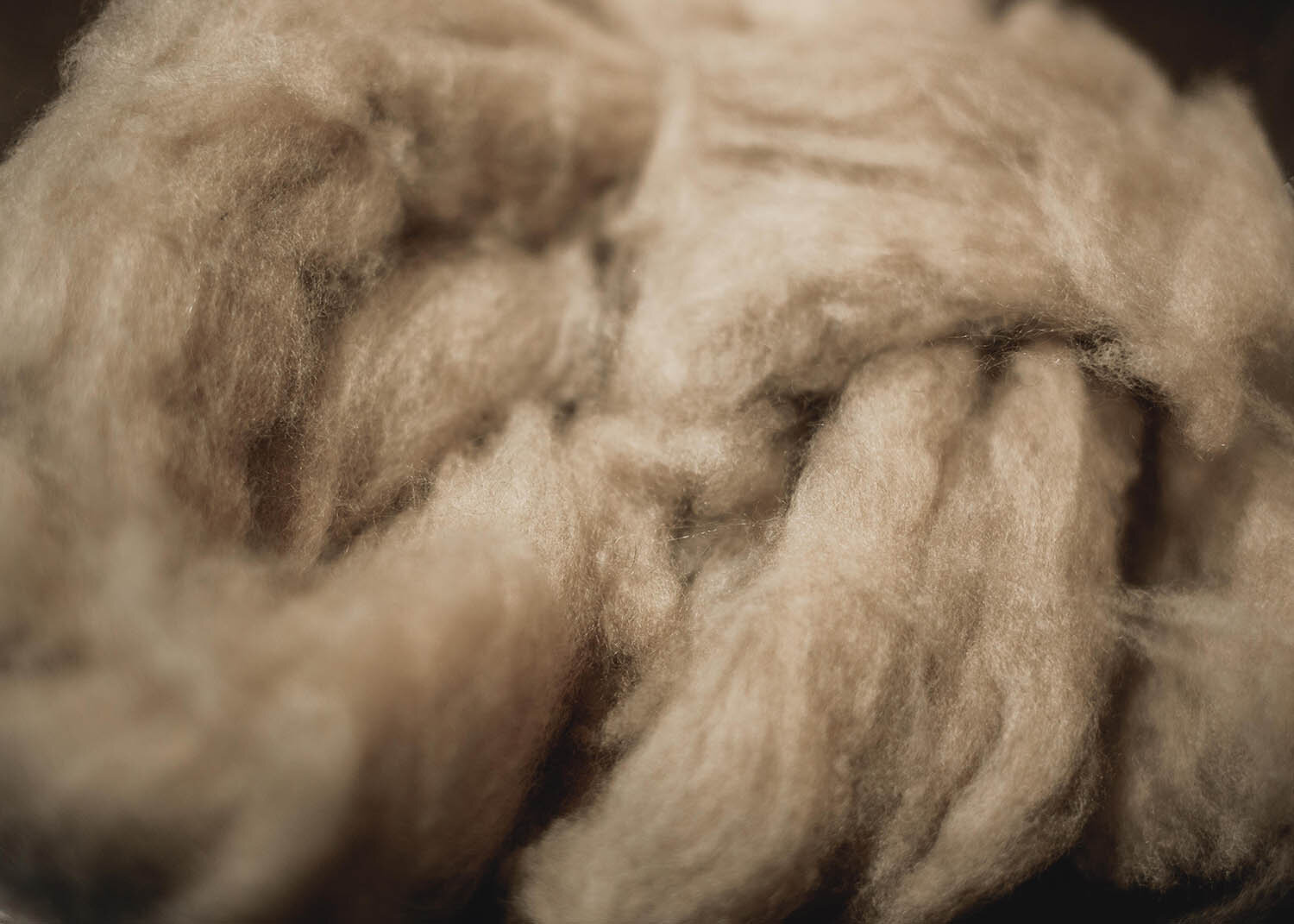A brief introduction to fabric
Among the wonders of nature lie the fundamental materials of the fascinating fabrics we put on ourselves. This article provides a straightforward rundown of different suit fabric, followed by the best application for each fabric.
The 3 Cs that define a great suit are Cloth, Cut and Construction. There is a reason why Cloth is the first of the 3 Cs. The fabric of the suit, being the first thing anyone sees of the wearer, and the first thing the wearer feels, is paramount in conveying the wearer’s personality and image. Choosing the right material will also ensure comfort and durability, while the wrong material for the wrong occasion will make the best Cut and Constructed suit look out of place. Let us go through some of the types of fabric that are most commonly used in quality garments.
Merino Wool
Merino wool is exceptionally popular because, among many reasons, of its adaptable thermal properties – it keeps you warm in winter, and doesn’t cook you alive in summer. This luxurious wool is harvested from Merino sheep, which originated from Southwestern Iberia. The majority of the wool today comes from Merinos raised in Australia and New Zealand. Other renowned characteristics of Merino wool is its gentleness on the skin and surprising resilience, possessing a natural elasticity that lets garments retain their shape even during strenuous activities, making this wool a choice material for the great outdoors.
Mongolian Cashmere
Mohair wool
Cashmere
Unlike Merino wool, cashmere is harvested from a completely different creature: Goats. Specifically, the cashmere goat. Mongolia produces approximately one-third of the world’s cashmere, although cashmere goats can also be found in countries like India and Iraq. Like Merino Wool, cashmere is vaunted for its incredibly soft texture, and while not as durable or elastic, it has superior insulation properties as cashmere wool is technically hair. Another key difference lies in the available quantity, and by extension, price. According to a Slate article, wool has a yearly production of around two million tons a year. Cashmere sees approximately only 0.00325% of that or 6,500 tons.
Mohair Wool
Also known as, “Diamond Fiber”, Mohair is spun from the hairs of the Angora goat, with Angora being the old name of Turkey’s capital. Much like cashmere and Merino wool, Mohair is remarkably soft and wields tremendous insulation properties. What sets Mohair wool apart is its incredible luster and sheen, allowing it to bring out the best of any dyes used on it. The main producers of Mohair today are in South Africa, New Zealand, Australia, and the United States. Keep in mind that Mohair Wool is not to be confused with Angora wool or fiber - the latter is produced by rabbits.
Albiate Linen Fabric
Thomas Mason Cotton Fabric
Linen
Absorbent. Breathable. Durable. Highly favored for being one of the most resilient plant fibers, linen textiles are made from the fibers of Linum usitatissimum, otherwise known as flax. Linen is not only great at removing sweat from skin, but actually grows more resistant to tearing when damp. It also doesn’t leave lint (a potential fire hazard) in your washer.
Cotton
Over 70% of garments are made from cotton, which speaks of this material’s versatility. Cotton is made of fibers harvested from plants of the Gossypium genus, which are cultivated globally, including the United States, South America, South Africa, India, and China. Textiles spun from cotton fibers are soft and breathable, which makes them a choice material for shirts, socks, jeans, boxers, and other clothes.
Albeit brief, this handy rundown opens up an introduction into the world of fabrics, and there’s no reason to believe we won’t take a more comprehensive look at the materials above in the future, as we continue to marvel at the opus of nature’s wonders entwine with the human touch. After all, knowledge looks just as respectable on anyone as a quality suit. Picking the right fabric for your suits is no simple feat, and here is a guide on how you can pick the right fabric for your suits.





